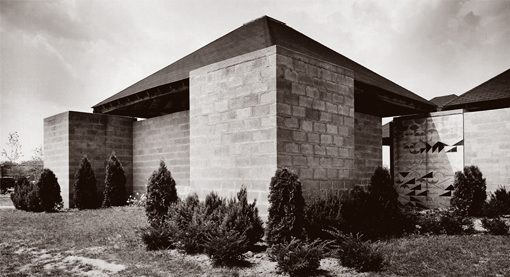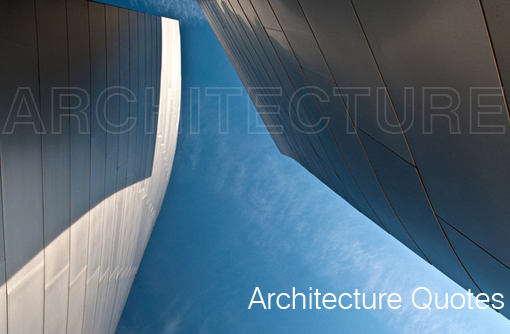Kochi-Muziris Biennale 2012: Art vs Containing space

Planned on the lines of Venice Biennale, Kochi-Muziris Biennale has started in Cochin with much fanfare on 12-12-12. The Biennale being a first of its kind event in India, was expected to offer unparalleled and novel experience for both art lovers and connoisseurs. Apart from the love for art, I had a great interest in the event primarily because of the context of its settings. Most of the installations are in and around Fortcochin and Mattancherry except for Durbar Hall. The raw power of the spaces itself provides artists enough challenge to match with the tension it creates. The spaces are magnificent and overwhelming, to say the least. It was a joyful act to watch the internationally acclaimed artists expressing themselves and claiming the attention it deserves. Some of the artists, like Sun Xun from China, left a very strong impact with their work. They constantly challenged our notions of art. "IT IS A GIANT LEAP ...




















